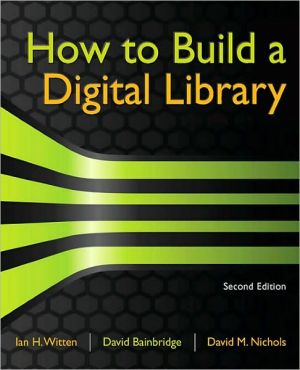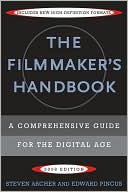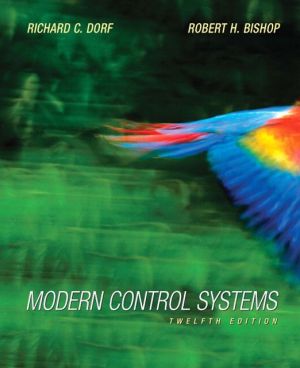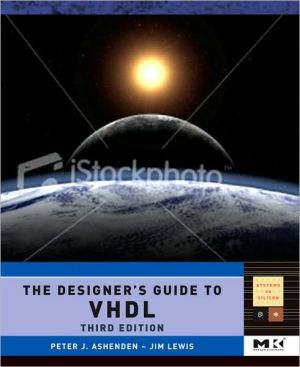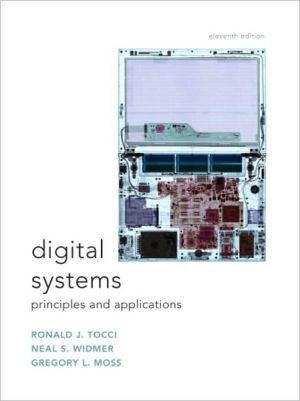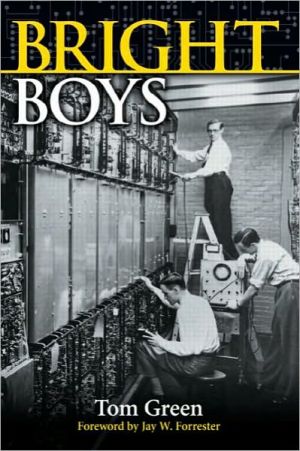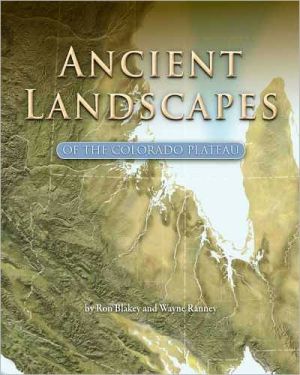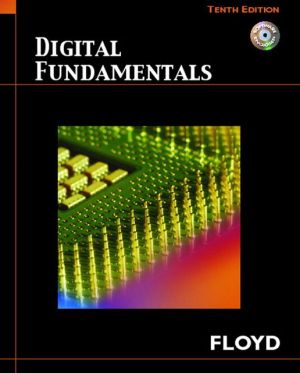How to Build a Digital Library
Given modern society's need to control its ever-increasing body of information, digital libraries will be among the most important and influential institutions of this century. With their versatility, accessibility, and economy, these focused collections of everything digital are fast becoming the "banks" in which the world's wealth of information is stored.\ How to Build a Digital Library is the only book that offers all the knowledge and tools needed to construct and maintain a digital...
Search in google:
Given modern society's need to control its ever-increasing body of information, digital libraries will be among the most important and influential institutions of this century. With their versatility, accessibility, and economy, these focused collections of everything digital are fast becoming the "banks" in which the world's wealth of information is stored.How to Build a Digital Library is the only book that offers all the knowledge and tools needed to construct and maintain a digital library-no matter how large or small. Two internationally recognized experts provide a fully developed, step-by-step method, as well as the software that makes it all possible. How to Build a Digital Library is the perfectly self-contained resource for individuals, agencies, and institutions wishing to put this powerful tool to work in their burgeoning information treasuries.FeaturesSketches the history of libraries-both traditional and digital-and their impact on present practices and future directionsOffers in-depth coverage of today's practical standards used to represent and store information digitallyUses Greenstone, freely accessible open-source software-available with interfaces in the world's major languages (including Spanish, Chinese, and Arabic)Written for both technical and non-technical audiencesWeb-enhanced with software documentation, color illustrations, full-text index, source code, and more Library Journal Although this somewhat technical work is aimed primarily at software developers who will be writing the programs to encompass digital information, the authors never lose sight of the importance of the role that librarians play in the selection and collection of information that will form digital libraries. [The authors, both computer science faculty members at the University of Waikato, New Zealand, are involved with the New Zealand Digital Library research project; Witten is the director.] Anyone who has ever done an Internet search will benefit from understanding some of the concepts underlying the structures of search engines. The section titled "Presentation: User Interfaces" is particularly enlightening in its descriptions of how various search engines can treat the same search differently. For example, this section contains easily understandable explanations of the importance of language stemming using morphological reduction and of case folding. For librarians wanting to try their hands at creating a digital library that can stand alone or be accessible via the Internet, the authors suggest the freely available Greenstone software (www.greenstone.org), for Windows or UNIX operating systems. Librarians, particularly those who envision building their own full-text digital libraries, will find useful information here.-Margaret Sylvia, St. Mary's Univ. Lib., San Antonio
List of figuresList of tablesForewordPreface1Orientation: The world of digital libraries12Preliminaries: Sorting out the ingredients393Presentation: User interfaces774Documents: The raw material1315Markup and metadata: Elements of organization2216Construction: Building collections with Greenstone2837Delivery: How Greenstone works3558Interoperability: Standards and protocols3939Visions: Future, past, and present443AppInstalling and operating Greenstone477Glossary481References489Index499About the authors517
\ From the Publisher"This book provides broad coverage of related work in the field. That is handy, since there is a large international community working on DLs."-- Edward A. Fox, Director, Digital Library Research Laboratory, Blacksburg, VA\ \ \ \ \ \ Library JournalAlthough this somewhat technical work is aimed primarily at software developers who will be writing the programs to encompass digital information, the authors never lose sight of the importance of the role that librarians play in the selection and collection of information that will form digital libraries. [The authors, both computer science faculty members at the University of Waikato, New Zealand, are involved with the New Zealand Digital Library research project; Witten is the director.] Anyone who has ever done an Internet search will benefit from understanding some of the concepts underlying the structures of search engines. The section titled "Presentation: User Interfaces" is particularly enlightening in its descriptions of how various search engines can treat the same search differently. For example, this section contains easily understandable explanations of the importance of language stemming using morphological reduction and of case folding. For librarians wanting to try their hands at creating a digital library that can stand alone or be accessible via the Internet, the authors suggest the freely available Greenstone software (www.greenstone.org), for Windows or UNIX operating systems. Librarians, particularly those who envision building their own full-text digital libraries, will find useful information here.-Margaret Sylvia, St. Mary's Univ. Lib., San Antonio\ \
